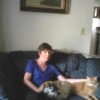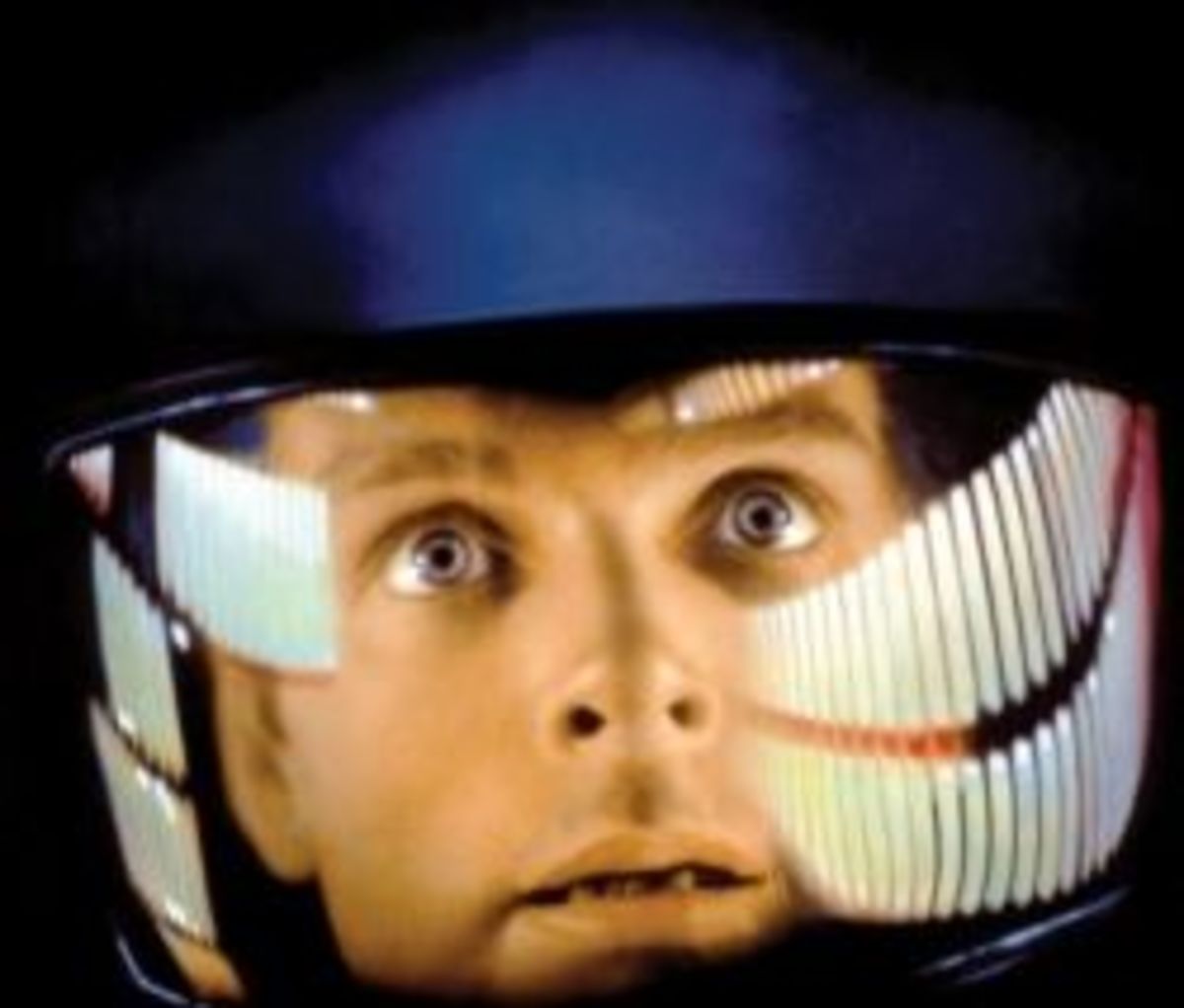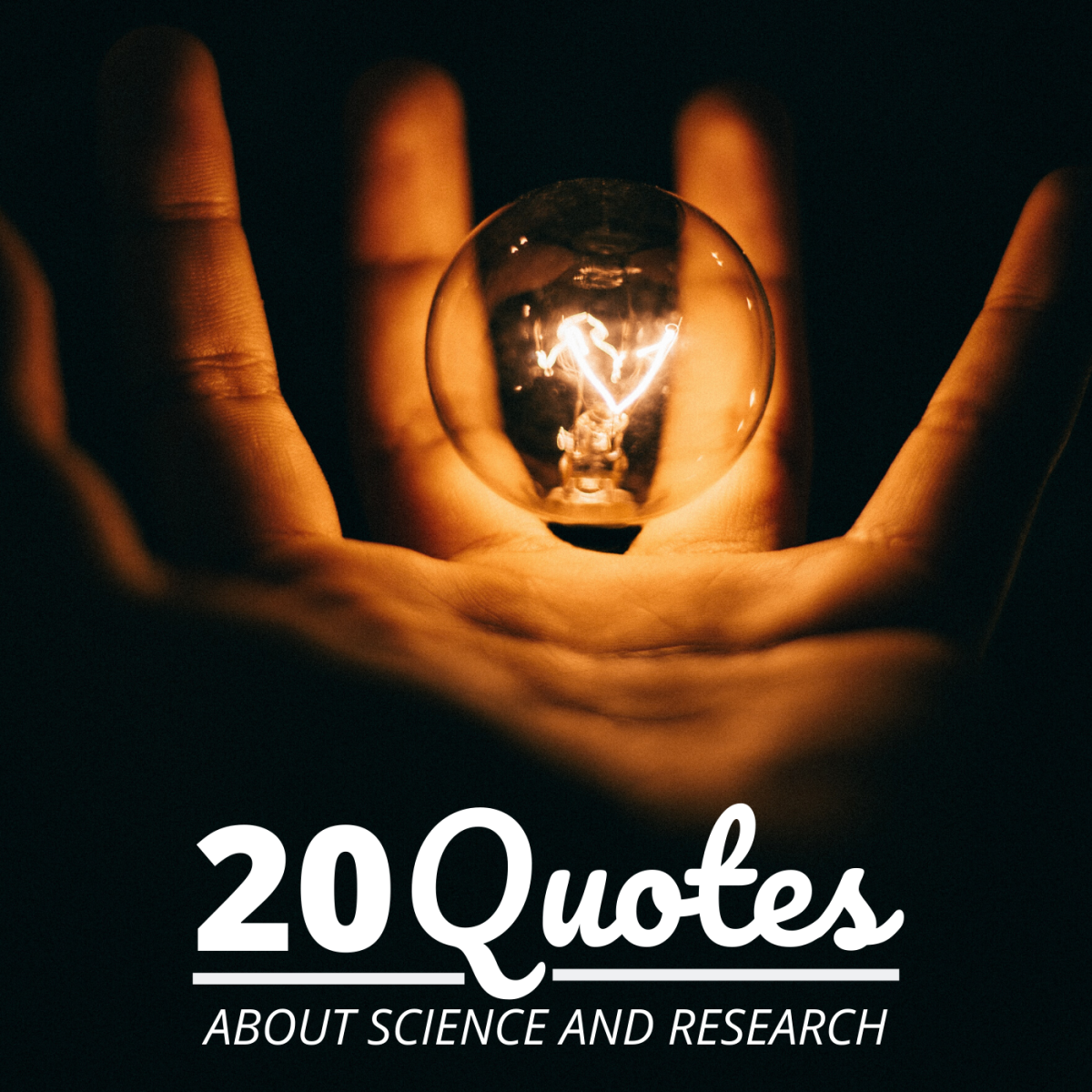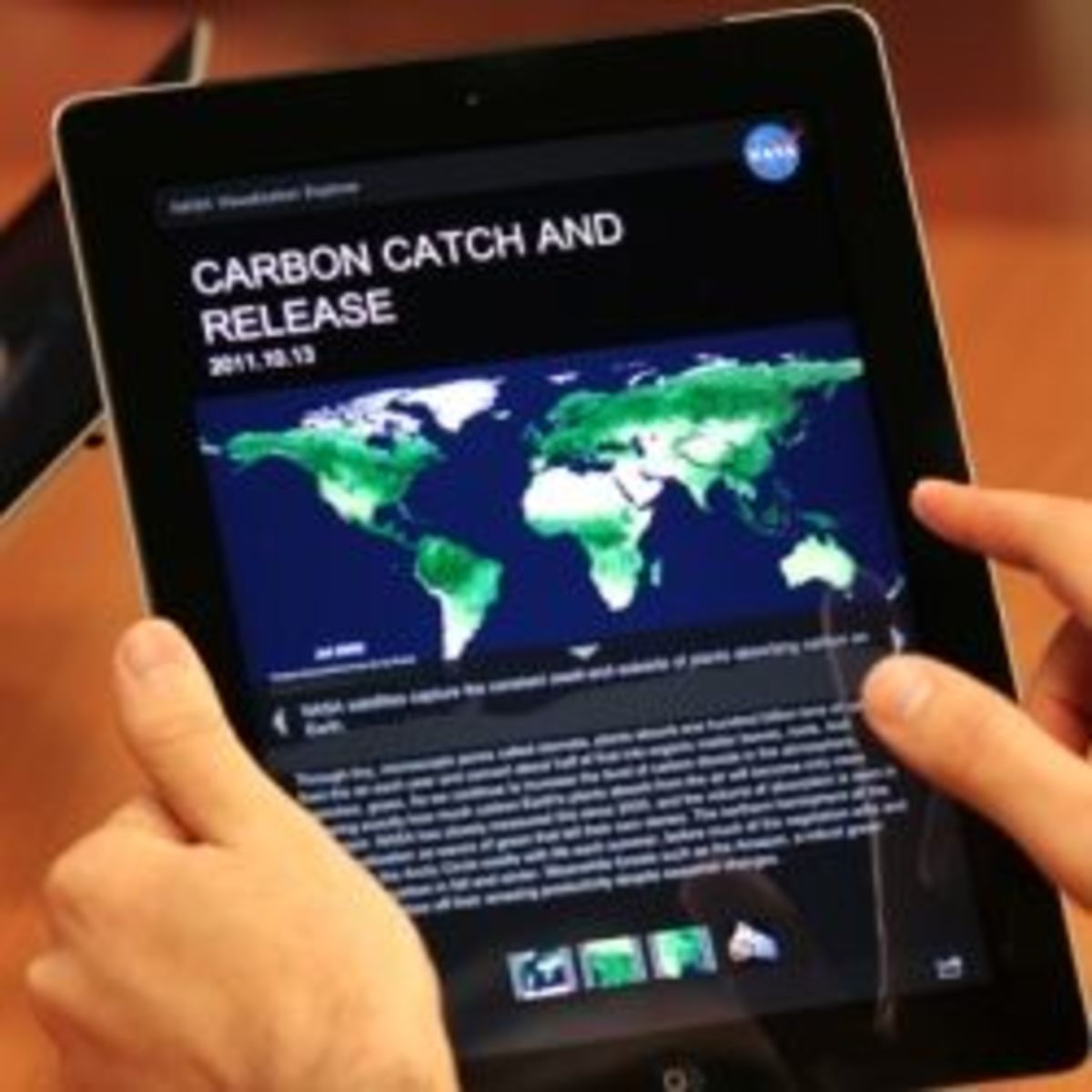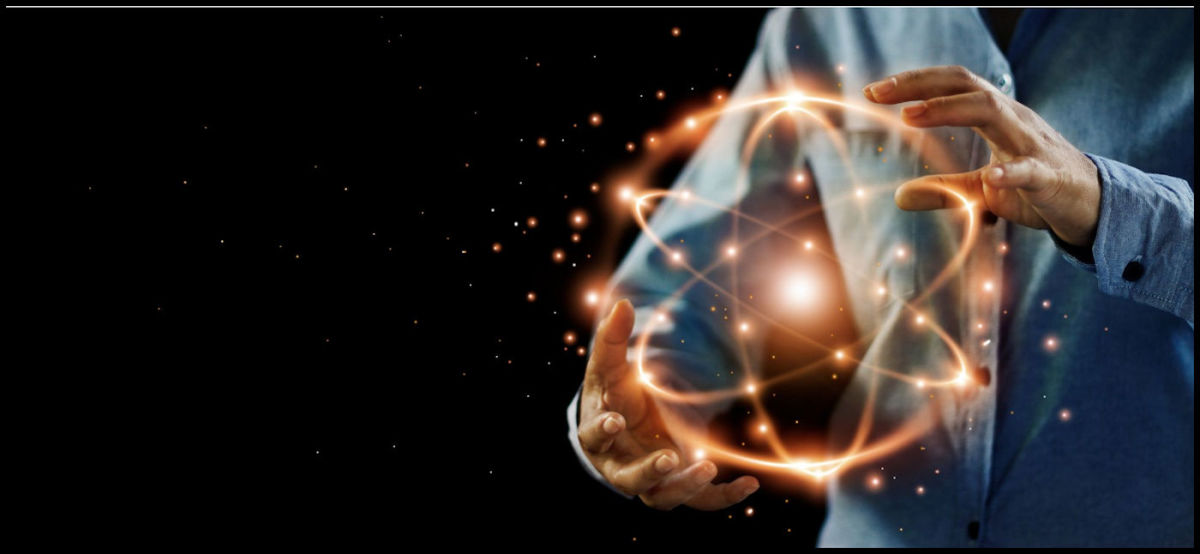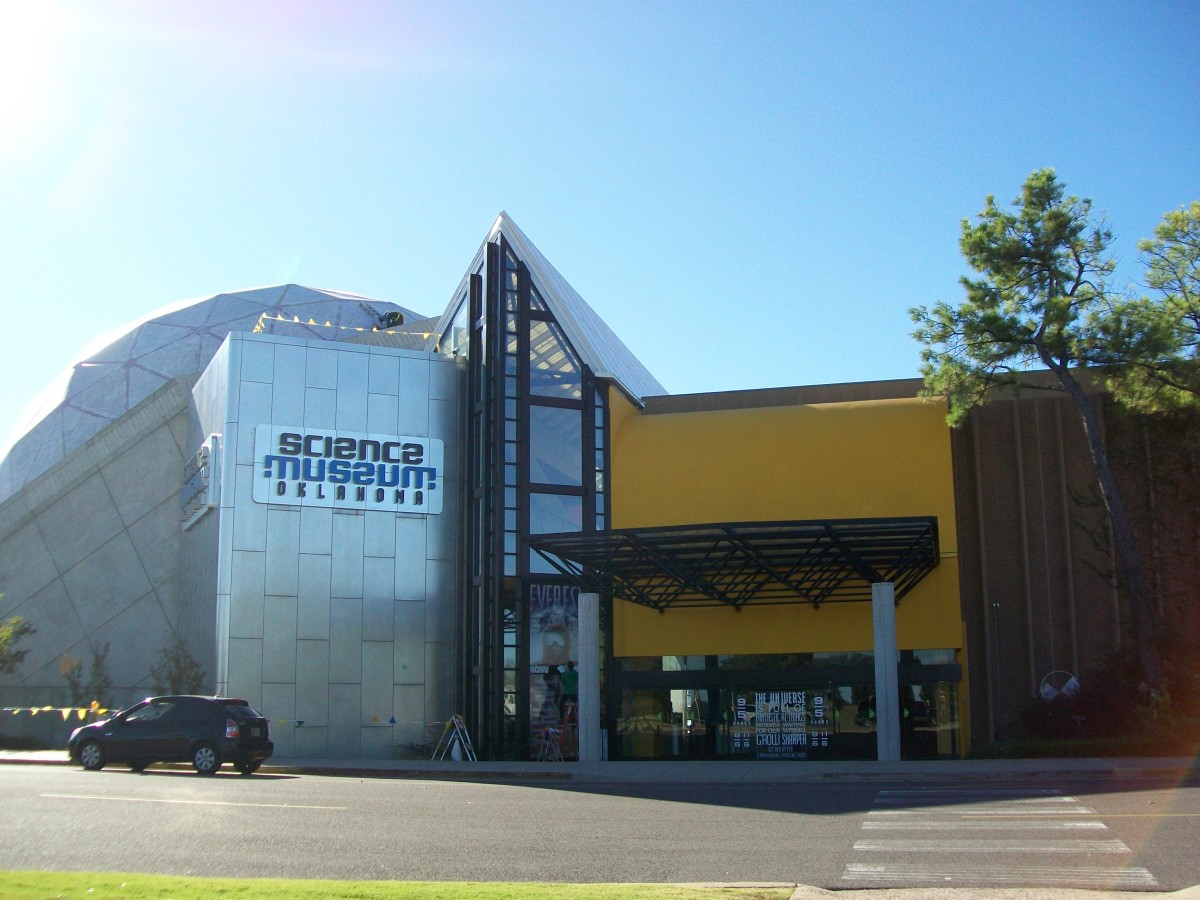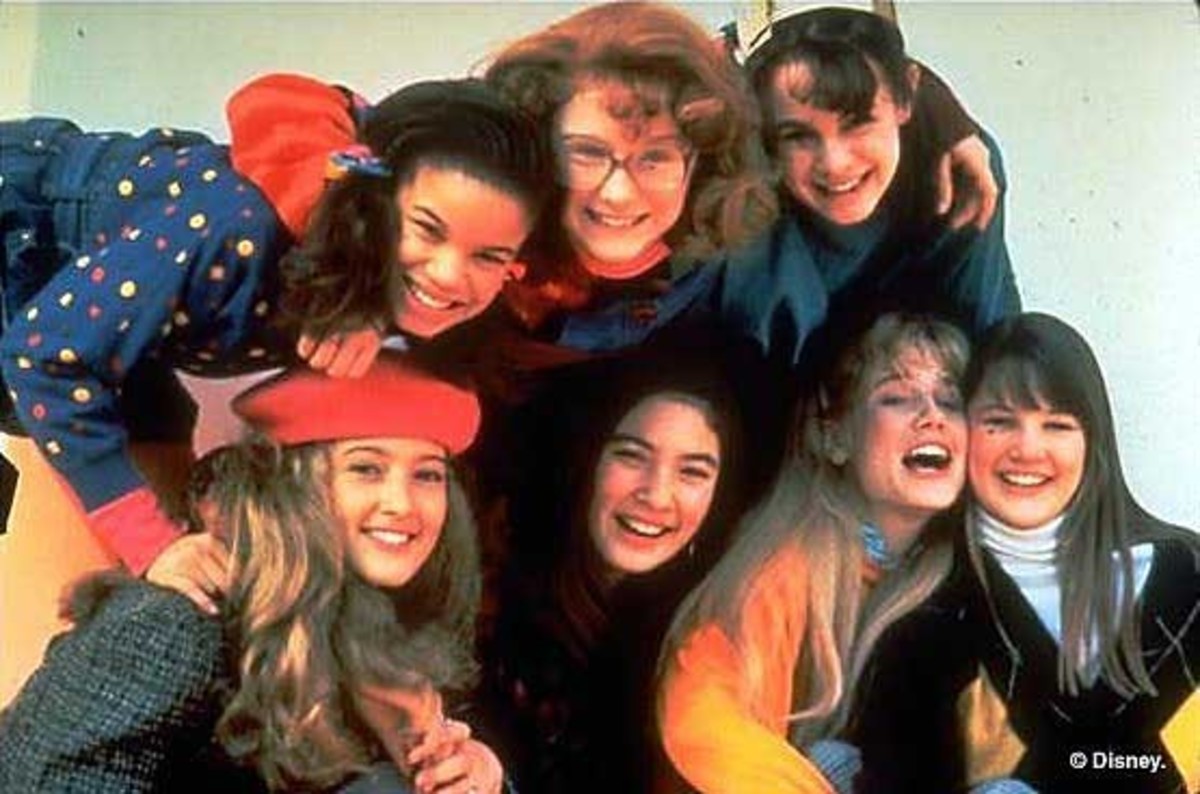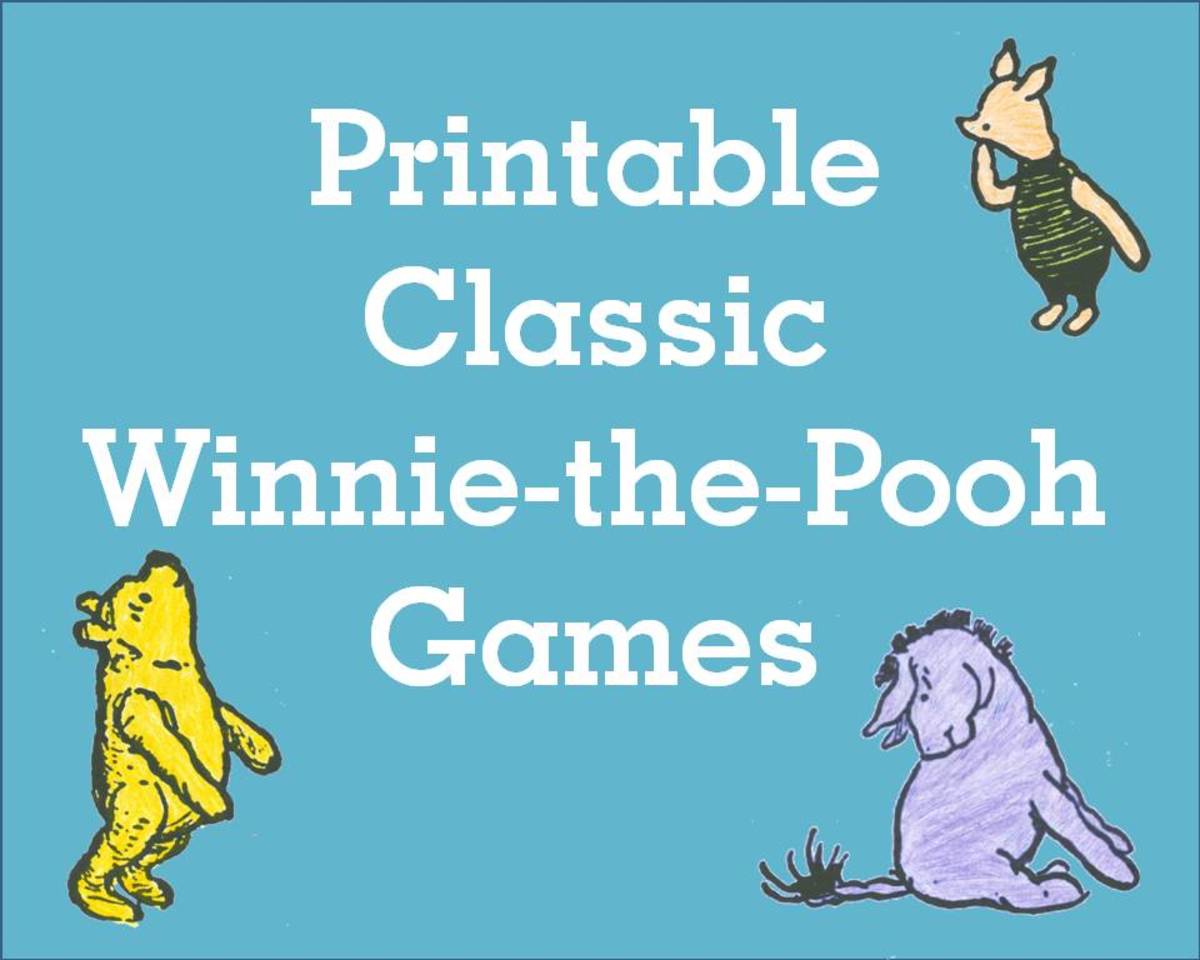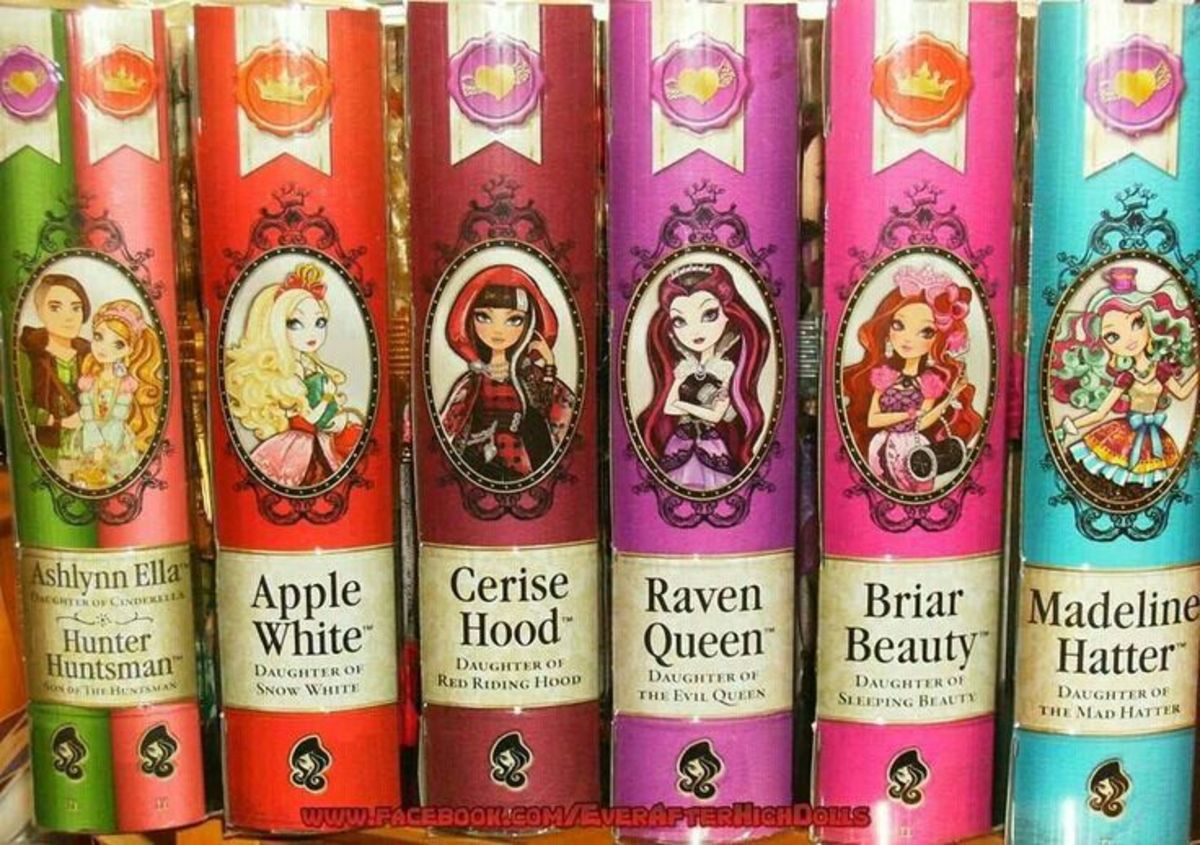- HubPages»
- Books, Literature, and Writing»
- Books & Novels»
- Children's Books
Science, Exploration, and Humor in New Book for Fans of Jennifer Holm
Funny and Engaging Story to Spark and Interest in Science for Middle Grade Readers
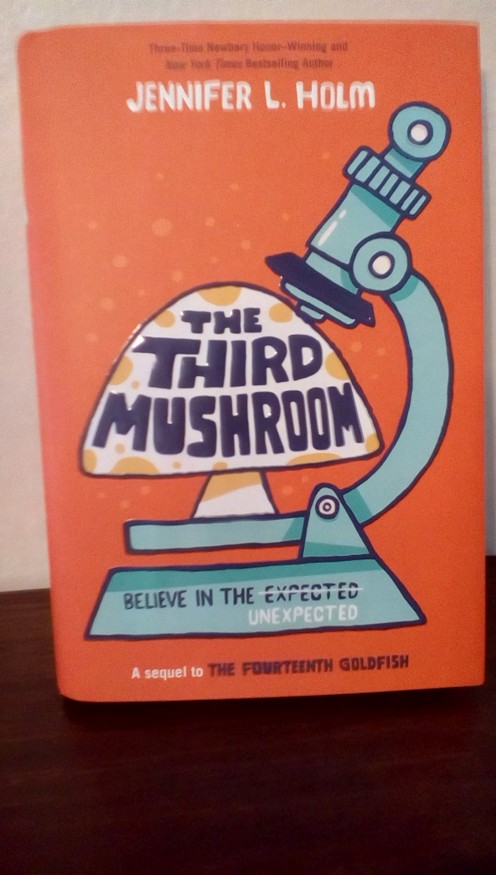
Humor Can be a Part of Scientific Exploration
Jennifer L. Holm's The Third Mushroom is here as a sequel to her popular chapter book The Fourteenth Goldfish. Fans will find this funny read to be engaging and will want to explore other scientists after reading.
Ellie's grandpa is a famous scientist who happens to be in a 14-year-old's body. He appears out of nowhere one day in Ellie's bathroom. Ellie had not seen her grandpa for over a year, and his appearance as a boy is a huge surprise. Grandpa had turned himself young!. Grandpa was always experimenting with scientific ideas and now this new idea had changed him. Grandpa has come to visit and and all kinds of adventures with science begin. Ellie is especially excited to have Grandpa help her with the upcoming project for her county science fair and hopes to come up with a winning project for the fair. She and Grandpa team up to put a winning project together. Chicken nuggets and fruit flies are combined to create the experimental project for the science fair. Ellie's project did not win, but Ellie learned a valuable lesson. Grandpa reminded her that real scientists are rarely recognized for their achievements during their lifetime. A surprising ending with the actual result of the experiment teaches Ellie that old age is something to be valued. Grandpa also turns himself back into the old man that he actually is before he goes away for his next traveling adventure. Ellie is thrilled to have him as he actually is-her Grandpa!
Holm includes a section of several renowned scientists at the conclusion of the story that readers will want to explore. She writes a brief biography of each with a description of their contribution to science. She also includes a brief list of recommended books and websites for young scientists to explore. Her take-away lesson from The Third Mushroom is that scientists should never be afraid of failure and that experimenting is an important part of science.
The Third Mushroom was published by Random House Children's Books and is recommended for young readers in middle school. It has an ISBN of 978-1-5247-1980-7.
A Fun Read for Science Students
The Third Mushroom is a great choice for science teachers in middle school classrooms who want to spark an interest in science experiments for their students. Experiments are a large part of research and young scientists will learn along with Ellie that some experiments succeed and some fail.
*Read The Third Mushroom in a group reading session with a few chapters each day. The book can also be assigned for students to read individually. Call attention to Ellie's interest in participating in the science fair.
**What are some of the fun objects that Ellie and her grandpa collect to do experiments with? How do they use food in their experiments?
***Brainstorm with students about creative experiments that they might like to have in their classroom lab. Teachers might like to place students in groups to invent a science project to present to the class.
****Call attention to the list of renowned scientists and the brief bios at the end of the story. Discuss each scientist and their contribution to the world with their scientific discovery. Students might like to present a project on each scientist throughout the year. Teachers can assign a scientist to a group for additional reports.
*****Assign reading and research projects from the included list of books and websites for young scientists to use throughout the year.
******Brainstorm with students about using food in a science experiment. Students might like to create experiments with their favorite food item.
*******Turn your classroom into a science fair for students to compete for prizes. This project might be an ending for a fun-filled year of science exploration.
Renowned Scientists and Their Contributions to Science
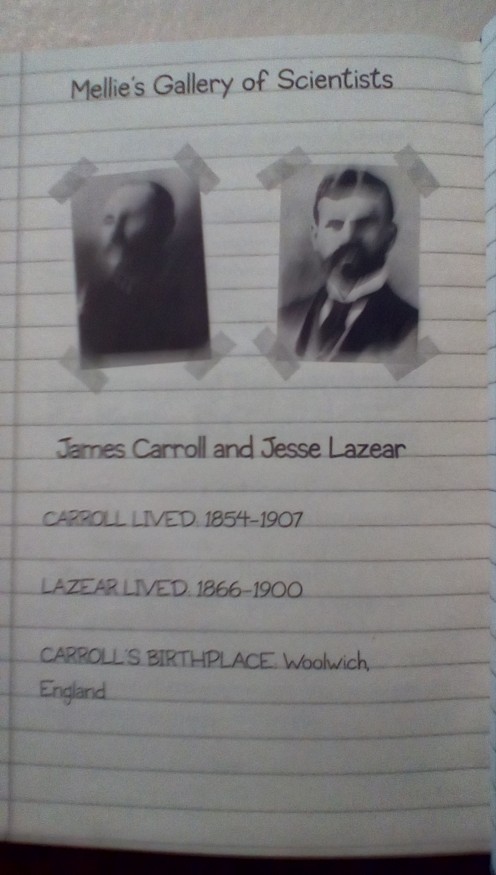
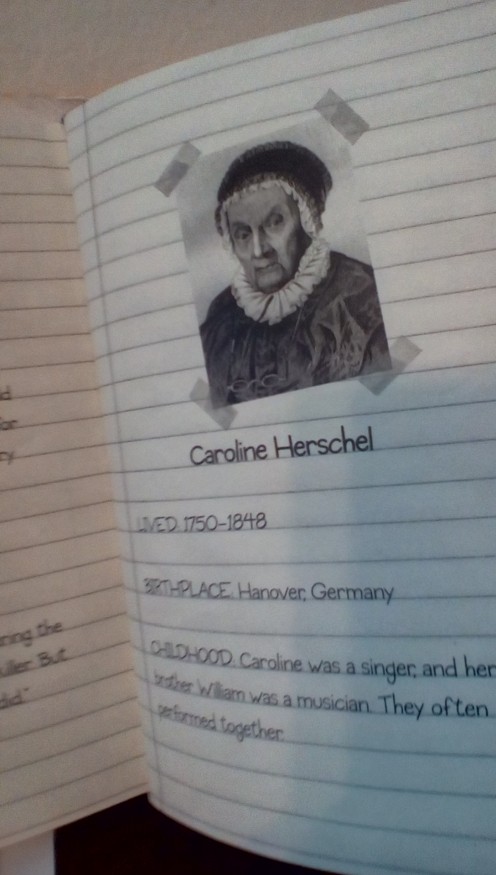
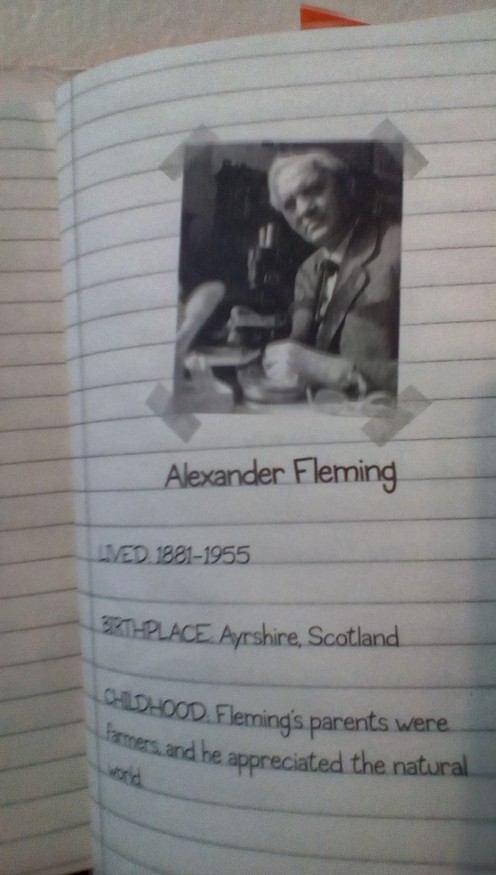
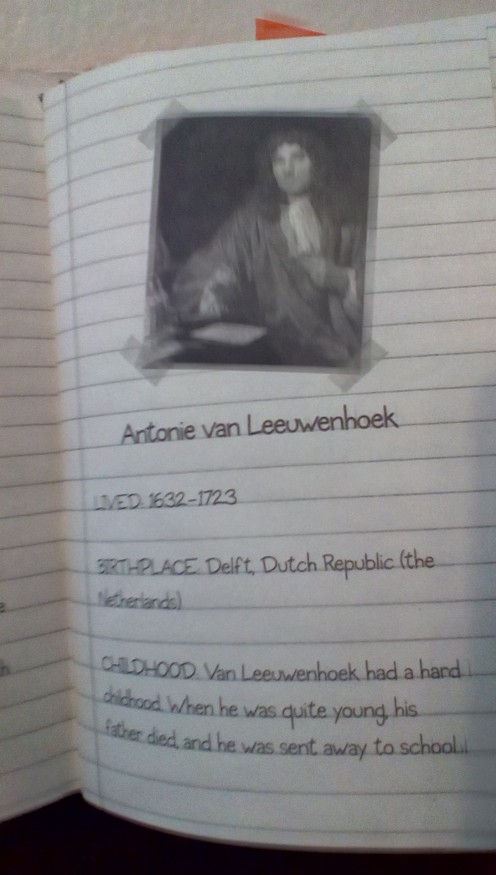
Science in the Middle School Classrooms
Do you use creative books to spark and interest in science for your students?
© 2018 Cindy Hewitt
